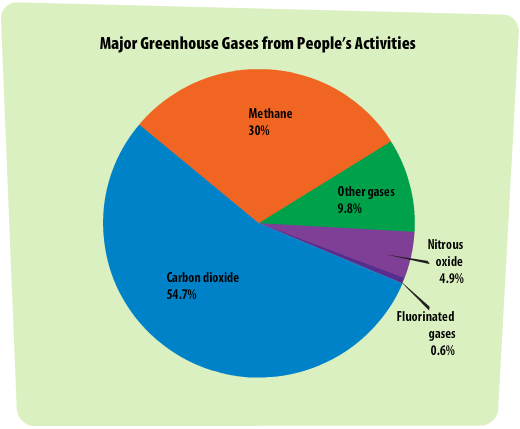Energy efficiency is described as the most cost-effective way of meeting future EPA greenhouse gas targets — report
Published: Thursday, May 1, 2014
Doing more with less is an important tactic in fighting climate change, and it points to what may be the most cost-effective way of complying with potential carbon emissions rules under the Clean Air Act.
With looming carbon dioxide restrictions for power plants under Section 111(d) of the legislation, the American Council for an Energy-Efficient Economy yesterday highlighted four strategies U.S. EPA could deploy to hit emissions targets in the United States.
In a new report, the group suggested that declaring an efficiency savings target, devising efficiency standards for appliances and the like, enacting national building codes and constructing combined heat and power plants could be viable ways to conform to the new standards, given the law’s broad authority.
“There’s absolutely precedent for it to be used in this way,” said Sara Hayes, one of the report’s authors as well as a senior manager and researcher at ACEEE.
If implemented, the measures would cut greenhouse gas emissions across the country by 26 percent below 2012 levels in 2030, saving 925 megawatt-hours of electricity and avoiding the need for 494 new power plants to the tune of $95 billion.
All the while, the push for energy efficiency would generate more than 600,000 new jobs and increase America’s gross domestic product by $17.2 billion, according to the report. This would come at a cost of $47 billion in energy efficiency investments.
Efficiency is already an appealing tactic for curbing greenhouse gases. Many existing fossil fuel-fired power plants are running as well as they ever will, and attaching carbon capture systems is an expensive proposition. Methods like insulating homes and installing lights that use less power, by comparison, have huge growth potential and are much cheaper to implement. Generation that is not used also avoids other pollutants like black carbon and sulfur. These measures will therefore cost less than the business-as-usual energy scenario.
The report evaluated the savings potential from the four policies on a state-by-state basis, analyzing how they will effect jobs, the environment and electricity use. Arizona topped the list with a potential 39 percent reduction in energy consumption under 2012 levels, while Nebraska came in last with 19 percent savings.
Next frontier: changing behavior
“To me, the thing that I found most surprising was when we took the energy savings number and converted it to tons of CO2 avoided. It was massive,” Hayes said. Nationwide, the four efficiency policies outlined in the report would avert 600 million tons of carbon dioxide pollution, 527,000 tons of nitrogen oxide and 980,000 tons of sulfur dioxide in 2030.
Hayes called for stringent emissions rules to help market forces push the energy efficiency sector over existing hurdles, like awareness, financing and personnel training.
Innovation will also be a big part of meeting these targets. Though much of the technology to better seal homes and cut power use in electronics is already available, eventually, easy options will run out.
“There’s going to be a point where the low-hanging fruit is going to be gone,” said Margaret Taylor, an engineering research associate at the Precourt Energy Efficiency Center at Stanford University, who was not involved in this study.
She said the report was a useful tool for policymakers to see what’s possible but added that the next frontier in energy efficiency will be in changing behavior. A double-pane window doesn’t insulate much if it’s always open, and LED bulbs might cost more if they’re always left on. Nudging homeowners, businesses and industry to make better energy decisions could yield huge dividends in reducing energy use, making them an essential complement to energy policy.
“A bit more challenging is setting the utility rate structure so the utilities are not a barrier, but a partner,” said Richard Caperton, director of national policy and partnerships at Opower. The company works with utilities using software and energy tracking to guide ratepayers to use less.
Utilities, however, are in the business of selling energy, so the sector needs to come up with ways to reduce consumption and make money at the same time, decoupling profits from power use, according to Caperton.
But all of this hinges on what EPA decides to do with its new rules. The White House Office of Management and Budget is currently reviewing proposals to limit greenhouse gas emissions from existing plants under 111(d).
“My hope is that they do define the electricity system as an entire system that ranges from power plants to people using power in their homes,” Caperton said.
“We are all waiting with bated breath to see where they come out with this,” Hayes added.



